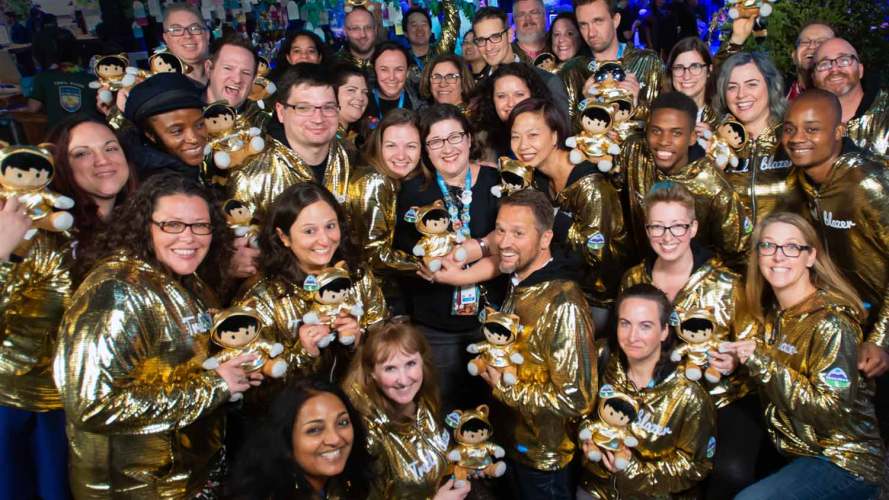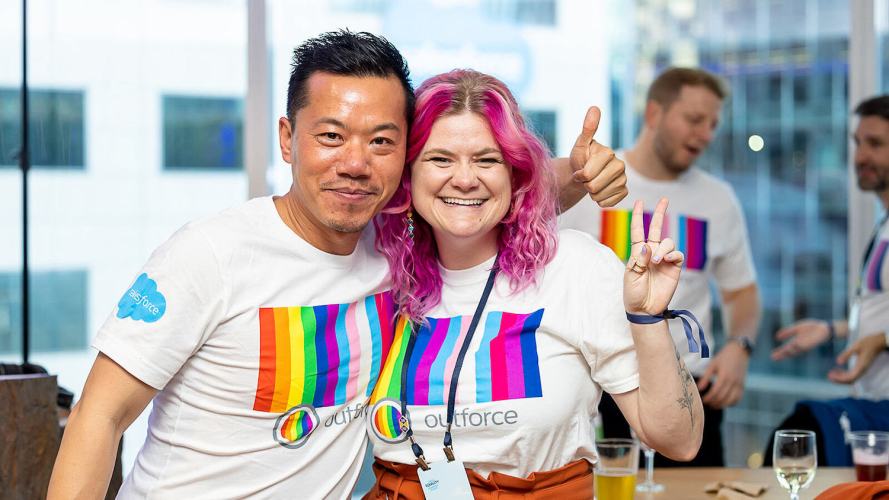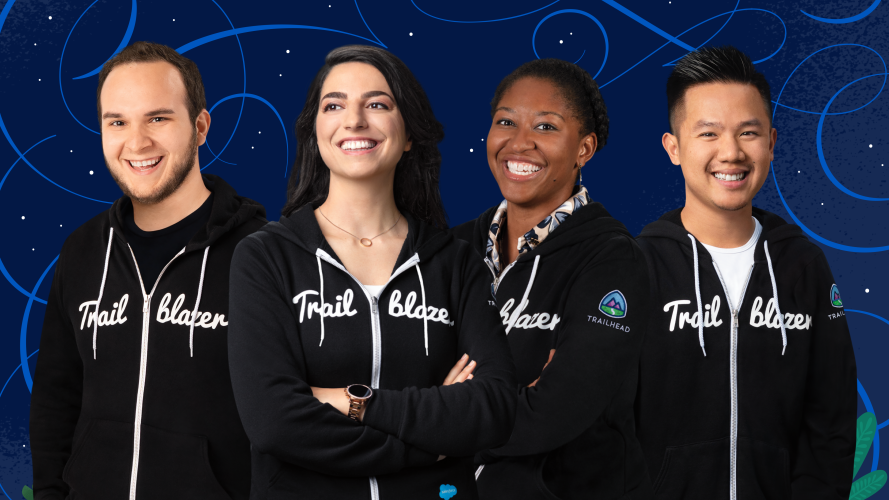3 Business Terms That Mean Something Different To Social Responsibility Leaders



CSR and business professionals don't always speak the same language. Here are the top three terms that stand in the way of their joint success.

Iris Grant
This article is contributed by Genési Group, a Salesforce partner.
As companies continue to invest in corporate social responsibility (CSR) initiatives and incorporate sophisticated programs that enable employee giving and volunteering, they’re bound to run into a few snags. One of the most common – and unexpected – is the realization that social responsibility leaders have different objectives than typical business leaders, which lead to different methods of operating. CSR professionals’ overarching goals are outward-facing, meaning they’re focused on improving the state of the world, not (necessarily) the state of the business. This impacts how they define and measure success, as well as how they approach various challenges. For companies just starting on this venture, such a disconnect can stifle even the sincerest efforts for a company to give back.
The two parties, however, must see eye to eye for any CSR program to work. And a good first step toward alignment is to gain a mutual understanding of some common terms. Terms you thought were universally understood take on new meaning when used in a social impact setting. While this post focuses on three of them, the takeaway here is the underlying mindset that is required to overcome challenges in cross-sector collaboration, starting with clarity in communication.
1. Return on Investment (ROI)
What businesspeople think of: How much money will this cost, how much money will this make, and how much time will we recoup after the initial investment?
What social responsibility leaders think of: How many people will get involved, and how much impact (i.e., good in the world) can we make?
For businesses, “return on investment,” is relatively simple. It’s measured in dollars and reflects how much money an investment brought into the company. But for CSR professionals, ROI is complex. It can be measured from three angles: output, such as number of dollars donated; outcomes, such as number of people served or helped; and, ultimately, impact, which is the sustainable, measurable change in the community, such as an increase in graduation rates or a decrease in the homeless population. Two different definitions, indeed.
For workplace CSR activities, ROI is also evaluated at the individual level, measuring how the lives of those involved, from employee volunteers to donation recipients, are impacted by the efforts put forth. If an activity met all other qualifications for ROI, but the volunteers or other parties walked away with a negative impression, that’s a failure.
Evaluate the intent behind the words “return” and “investment” exhaustively as a group for a positive outcome and strong relationship.
2. Collaboration
What businesspeople think of: Great! We’ll combine my skills and background with yours and make us both look amazing and deliver a win for the company!
What social responsibility leaders think of: Great! This is the beginning of a strong, long-lasting partnership. Together we can change the world!
With unlimited access to people and information, the idea of connecting and combining resources fosters infinite hope for success and impact. But collaboration has its blind spots. Often when two people enter a collaborative relationship, they focus on “how” and “when” they will accomplish their objective. They often skip the “who” and “why.” And by that, we mean who is sitting at this table right now, and why are they here?
Once you get those answers, you develop not just understanding, but empathy, which is critical to any relationship that unites people from vastly different backgrounds. This empathy leads to consistent understanding of the other’s approach and methodology, which will lead to smoother collaboration over the long-term relationship. Constantly reminding one of the perspective of others’ desired outcomes gives the partnership a better chance of success.
3. Innovation
What businesspeople think of: An exciting execution of ideas, technology, and intelligence.
What social responsibility leaders (might) think of: A process that could potentially increase operational cost or affect the donor base.
Innovation can be very exciting. It represents the opportunity to turn our imaginations into reality. But with innovation comes change, and change is hard. We suggest clearly discussing what transformations will occur and how they will impact all parties involved, including the community.
With philanthropic engagements, the key is to focus on the end game and the means to achieve it rather than the innovation itself. If everyone has a clear picture of the goals, they can accept some of the disruption required to reach those goals. However, when it comes to social responsibility, it’s important to remember that the decisions you make can – and likely will – affect communities in great need of help. Thus, it’s important to keep people and community service programs at the center of discussions.
That’s not to say that innovation cannot thrive in the social responsibility space; but it may look a little different than what businesspeople are used to. Indeed, some of the most effective impact changes have come from not creating new technology but by thinking of problems differently and using existing technology.
Bridging the communication gap
The three terms discussed here represent a small fraction of the differences between business-minded and giving-minded professionals. But with sincere intentions and a lot of patience, communication, and transparency, even the most money-driven companies can become serious forces for good.
Salesforce is doing its part in trying to help bridge this communication gap by providing a platform for CSR professionals to communicate with employees, connecting them with the causes and nonprofits they all care about.
To help bridge this communication gap, our latest whitepaper, “The Business Case for Volunteering,” explains the benefits of CSR programs with a focus on volunteering in business terms. Download now!























